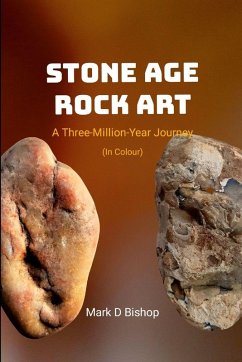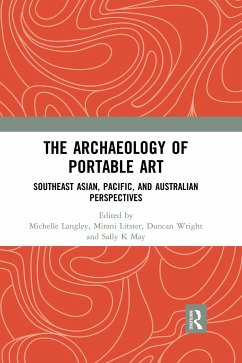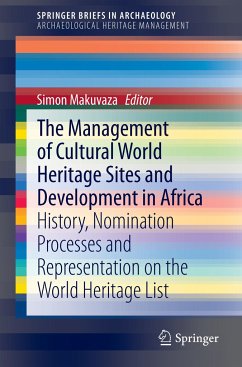
Virginia Solstice Observatories, Portable Art, and Rockart Sites
Versandkostenfrei!
Versandfertig in 1-2 Wochen
26,99 €
inkl. MwSt.

PAYBACK Punkte
13 °P sammeln!
This publication presents Virginia's art forms from rockart sites to portable specimens. They are defined and illustrated with the scope of the study as prehistoric communications (or ancient writings) from a world of long ago. Art is the physical output from someone's cognitive processes that attempts to convey a message about the world as the artist sees it (Hranicky, 1985). The art forms imply ceremonies and/or special attention to environmental events and physical objects.












